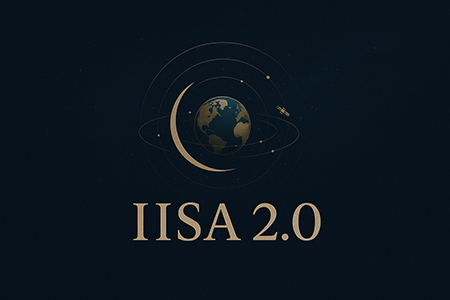The Syrian Civil War has been raging for more than half a decade, and has attracted the interventions of numerous external actors from across the globe. Whether interested in promoting peace or ensuring that their preferred faction increases influence, these external actors are as important to delineating the longevity and prospects of the conflict as the internal Syrian militias themselves.
As such, this paper seeks to understand the relationship between two critical outside powers with involvement in Syria, their objectives and the strategic importance of their goals, and the extent to which their current collaboration is a product of temporarily aligned interests in the Syrian conflict or the sharing of a wider global worldview. Namely, these nations are the Russian Federation (Russia) and the Islamic Republic of Iran (Iran). Both of these countries have thrown their diplomatic heft and resources behind the forces of former Syrian president, Bashar al-Assad, but for slightly differing purposes. This paper will assess the utility and durability of the current tactical alignment in Syria, and examine the wider relationship between Russia and Iran to predict how it will evolve over the coming years.
The methodology of this paper has largely been a qualitative study of secondary sources from reputable international affairs journals and news articles, although the authors are indebted to our correspondents and Middle East analysts, especially Ali Afshari and Mahan Abedin for their contributions.
